John Lerpiniere led a walk round Paices Wood Country Park, at the back of Young’s Industrial Estate near AWE Aldermaston, on the morning of Saturday 6 July. It had been advertised as a butterfly walk with White Admiral and Silver-washed Fritillary as the principle targets, but low temperatures, a strong wind and intermittent showers meant that the target woodland butterfly species were not flying. Nevertheless, 13 hardy members turned out regardless and had an interesting walk, learning about the management of the site and seeing the best spots for butterflies in more suitable weather conditions. Meeting point was the main car park, an extensive area of closely-mown grass between the sixth and seventh lakes of a chain which runs down through the country park. A Pied Wagtail was seen here. John set off downhill across the grass to the edge of the woodland, where a path led down steps into the woods. It was edged with tall Great Horsetail plants. He pointed out the location of wet Alder woodland to the right of the path which we would not be visiting on this occasion. The path crossed a stream, then led up into an area of Sweet Chestnut coppice. Brooklime, Enchanter’s Nightshade and Male Fern were noted here. Turning left onto the next path, John pointed out the cocoon of a leaf-rolling weevil which dangled from a branch of a Hazel. Greater Bird’s-foot-trefoil, Marsh Thistle, Creeping Jenny and Agrimony were all found in flower. Areas which had recently been coppiced were fenced in to prevent deer damage. John compared the sizes of re-grown Hazels in plots where the fencing had worked and one which had not been successful in keeping the Muntjac deer out. Continuing uphill, John pointed out Honeysuckle, the food plant of the White Admiral caterpillars. He explained that the females prefer to lay their eggs on straggly older plants which carry less toxins than more vigorous younger plants. A few Orpine plants were found next to the path. A big wood bank marked the edge of an old drovers road which ran from Aldermaston up to Brimpton Common. Growing on the bank were a number of old multi-stemmed trees, including some large Field Maples. A coppiced oak next to the path was an unusual sighting – oak is not usually coppiced. A clearing opened up on the left of the path. John checked under a metal sheet near the entrance to the clearing and the group were delighted to find an adult Grass Snake sheltering there. A White-legged Damselfly perched on Bracken nearby. There followed a brief diversion into the open area. Common Fleabane was close to flowering, while Perforate St John’s-wort, Teasel, Bramble and Red Bartsia were already in flower. The glade is a good place to see White Admiral and Silver-washed Fritillary butterflies. A fresh-looking Ringlet was disturbed. The contrasting white border round its dark wings was clearly visible in flight. In the past, Drab Looper moths have been seen here in late spring, with Wood Spurge as the caterpillar food-plant. Wild Parsnip, a serious skin irritant, was abundant here. The walk continued through an area dominated by birch, willow and alder, a former gravel extraction site. The group then turned left along a ride which led towards the chain of lakes. John recounted that in the past, when the ride-side sallows had been smaller, male Purple Emperor butterflies had congregated here. On the right of the path was an abandoned wildlife pond where pond-dipping sessions used to take place. Plants seen here included Water-plantain, Water Mint, Yellow Flag, Purple Loosestrife and Marsh Thistle. At the top of the Country Park is an extensive area of Heather which appeared when the area was cleared. The route then led back to the chain of lakes, over the dam and up to the top car park. This is an open stony area where all sorts of soil has been dumped. Flowers seen here included Common Centaury, Buddleia, Common Bird’s-foot-trefoil, Bristly Ox-tongue and both pink and white flowered specimens of Musk-mallow. Plants identified by their leaves included Great Mullein and Weld. Gradually the clouds thinned and butterflies started to fly. These included Marbled White, Meadow Brown and Ringlet. In late spring, this is a good site for Grizzled and Dingy Skipper. The top car park area is bounded on one side by the industrial estate. The bank next to the fence around the industrial estate proved to be an interesting area. Cinnabar moth caterpillars were feeding on ragwort, an Azure Damselfly and two Gatekeepers were spotted and the stem and seed pods of a Bee Orchid which had finished flowering were found. The group then walked back along the road to the main car park.
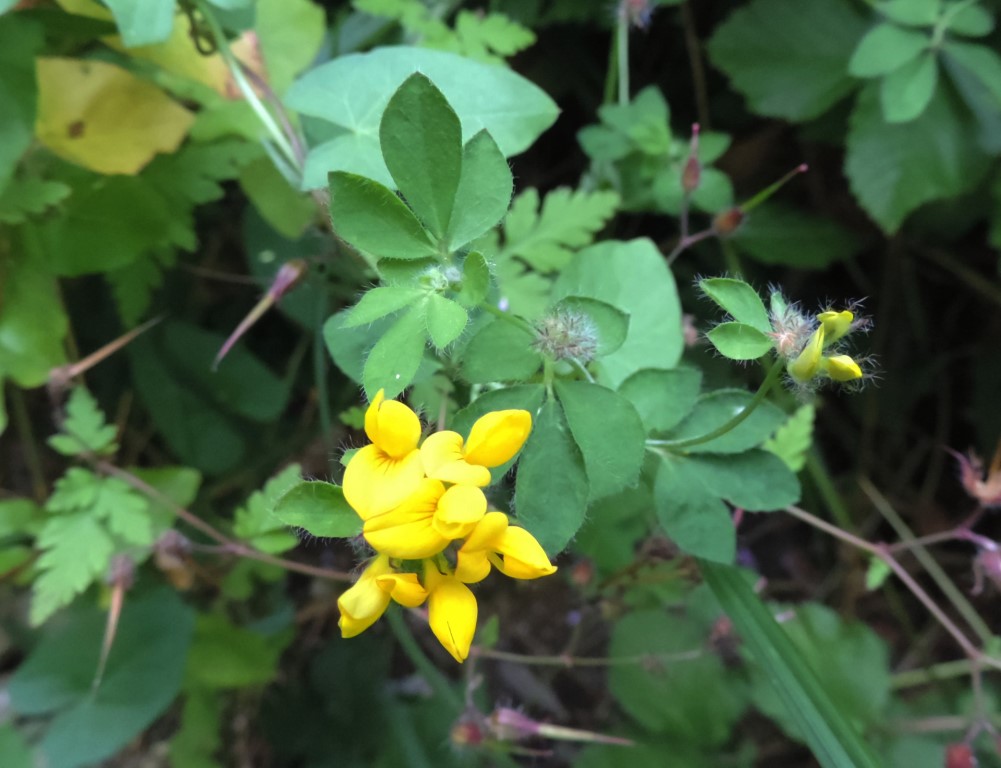
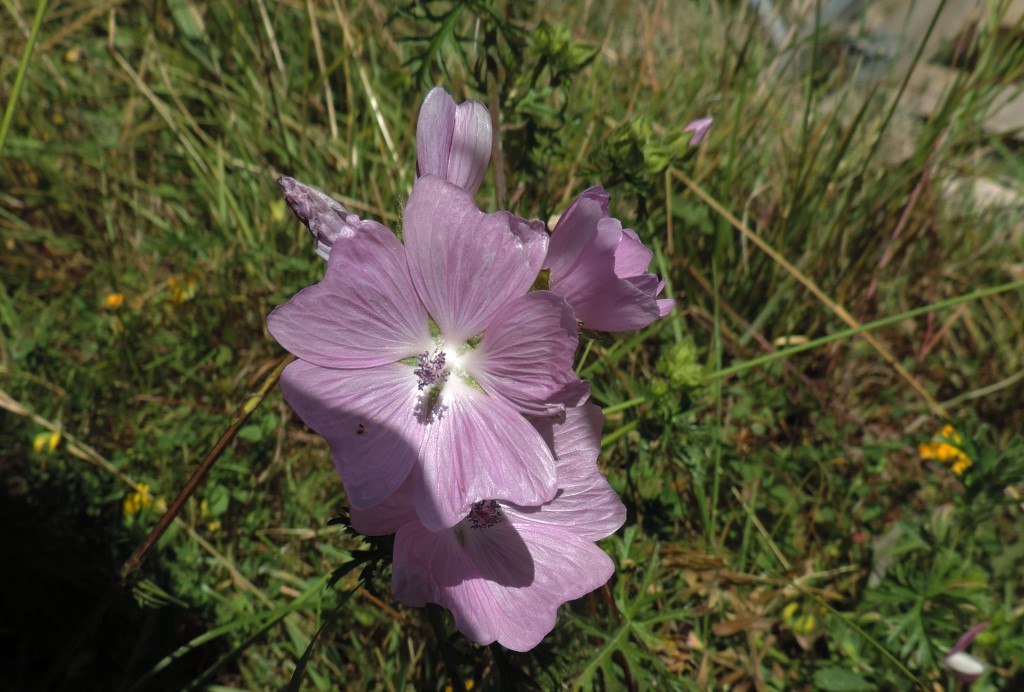
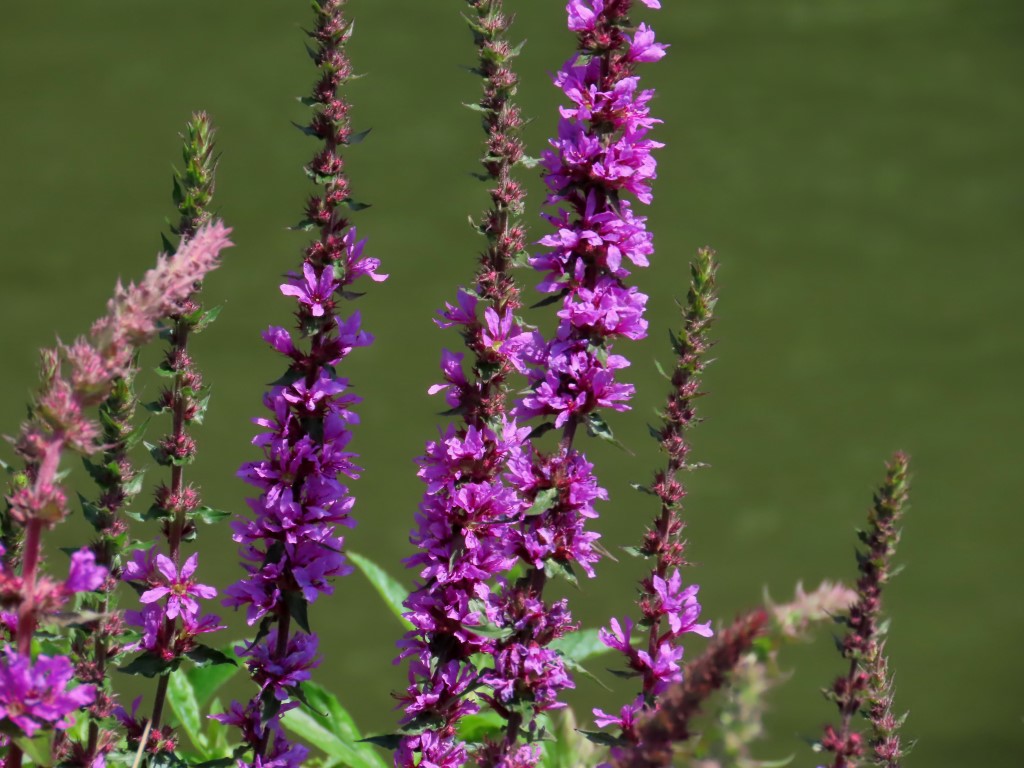
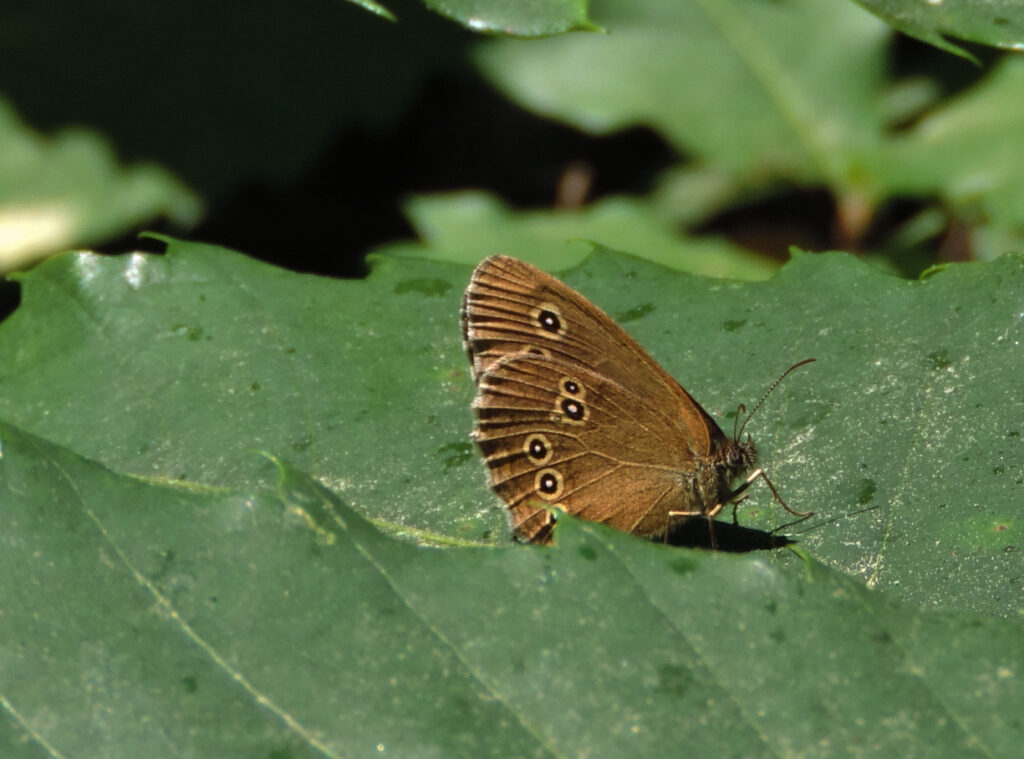
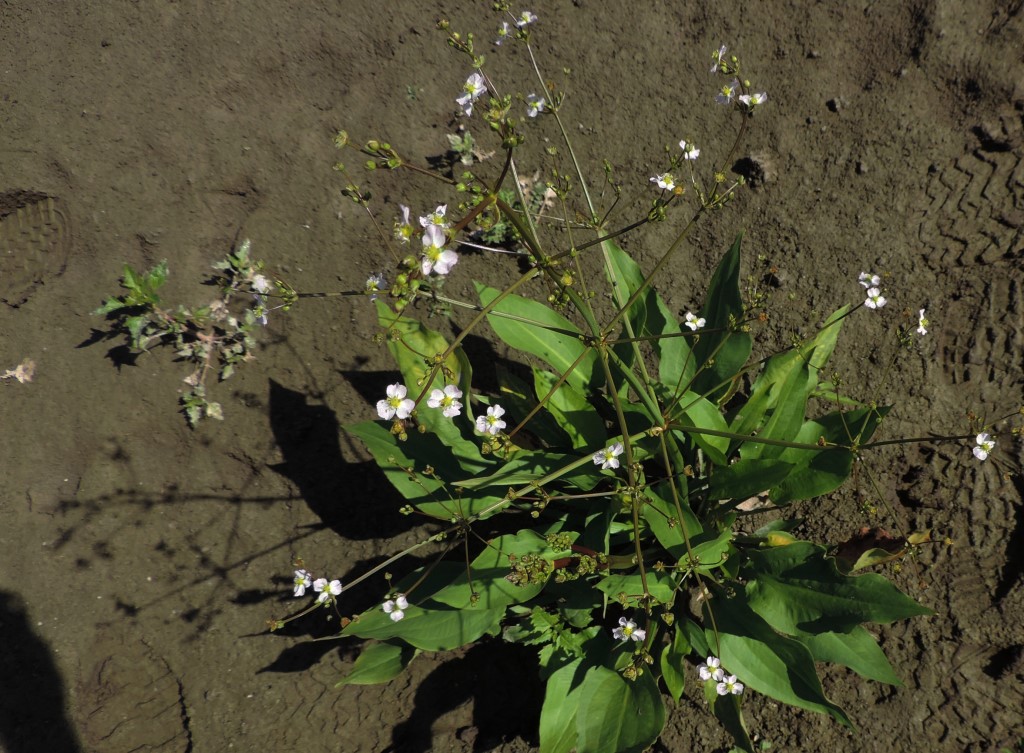
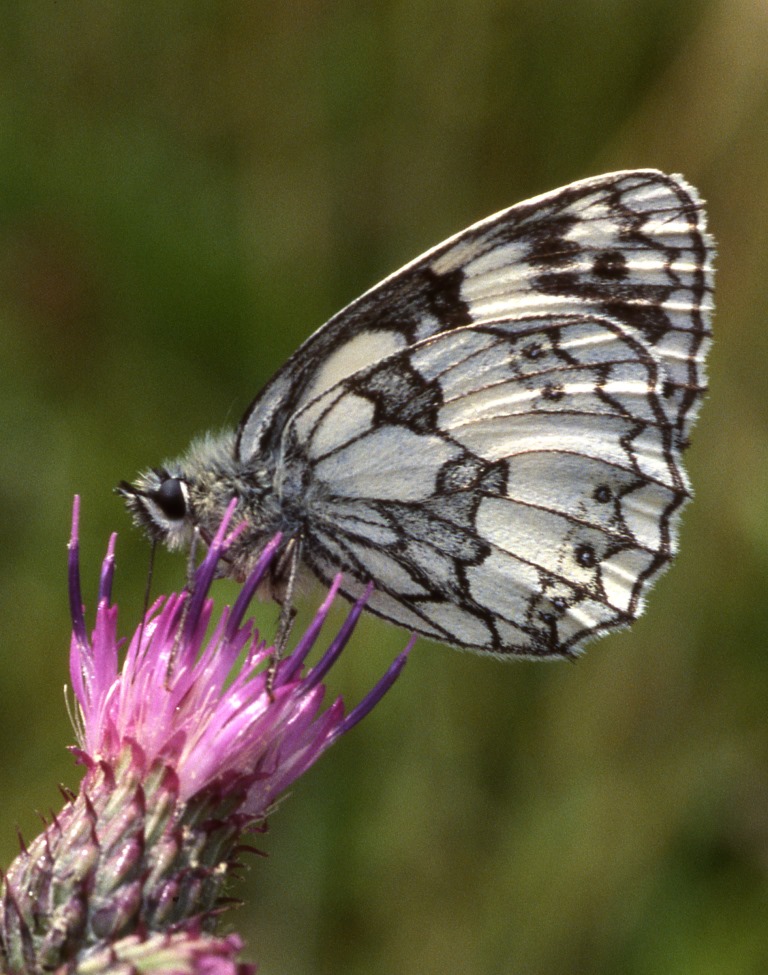
Pictures by Rob Stallard
